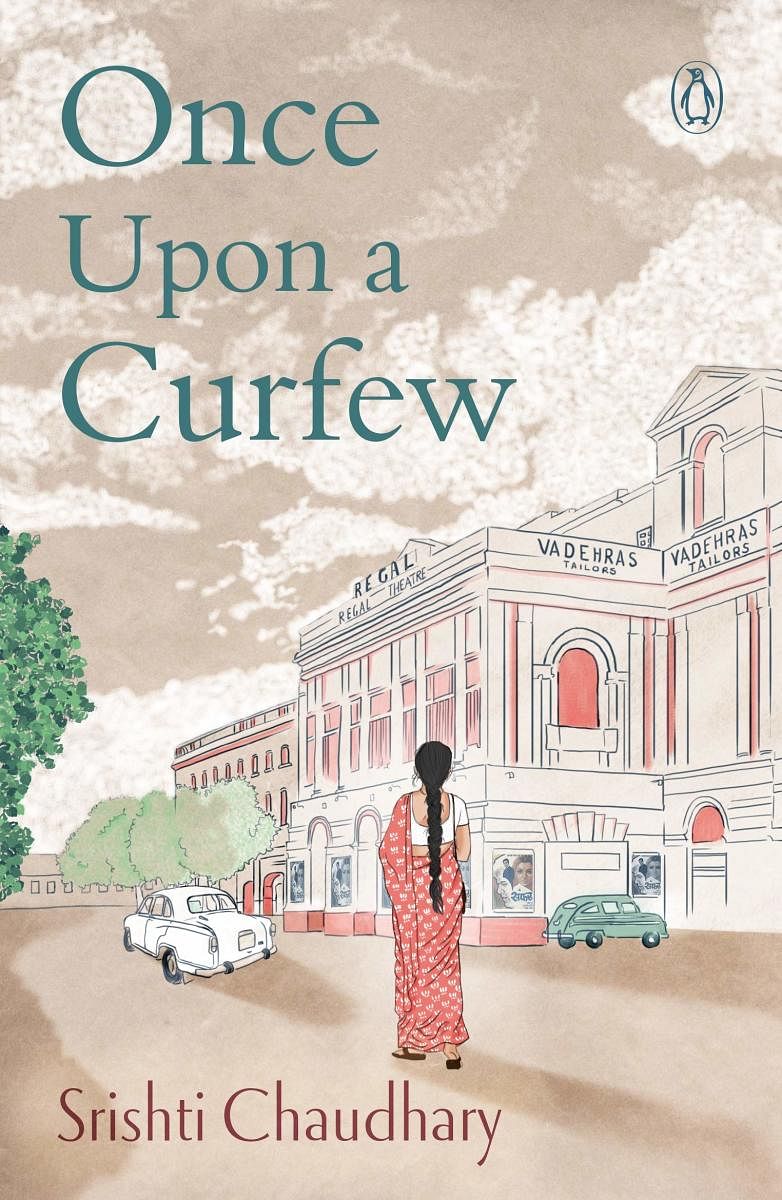
Three major characteristics of Once Upon a Curfew put it on the list of must-read books: it traces the genesis of a fictional unique library for women only, is set during India’s dreaded Emergency, and promises an unconventional romance.
A realistic, well-written love story is almost impossible to come by, and that makes this doubly special.
On her demise, Amita & Indu’s grandmother leaves her spacious four- bedroom apartment to her two granddaughters. Amita’s husband Govind bhai plans to use the space to set up an office for a new business in iron nails. Indu has other plans; to use the extensive collection of books there to set up a library and a study room for women.
And since she is a determined young woman, Indu wins this battle, and during the process of setting it up acquires an ally, the annoying law student Rana. Most of the book is about these two characters who meet almost every day at the library, share a passion for Rajesh Khanna movies or songs and say the rudest things to each other.
It is rather disappointing that the library is described as a place of chairs, discussions, chai and the women who come there, never about books. No, not even a discussion around the magazines which the reading public swore by those days — The Illustrated Weekly of India, Caravan, Onlooker, Femina or Junior Statesman. A book about a library has delicious possibilities and this is an opportunity missed, the opportunity to create a valuable discourse featuring Indian literature and the reading habits of the 70s.
The Emergency is addressed only in the last quarter of the book, more as a background menace, though the crisis feels more immediate when it affects and involves the main characters. Yet the author manages to adequately capture the atmosphere and the nuances of this black phase of our democracy. It provides an excellent first introduction to this period to those who are unaware.
Where the book triumphs rather gloriously is in the unfolding of the intimacies between Rana and Indu (named after the Prime Minister whose Chief Counsel her father is), while in the background lurks her engagement with Rajat, now away studying for his MBA degree in London. Rana frequently offers her jasmine, and once when she rejects it says: “It’s just flowers (sic), it’s not my love.” They bicker. Indu, snooty under most circumstances, is extra glacial with him. The power of the writing is in their unusual repartee and the slow, nuanced unfolding of their mutual attraction.
It is definitely not easy to write a period novel, and when the span is too close to public memory there is bound to be rather relentless scrutiny of the alternate reality presented. So, people who have lived through these years will have churning stomachs at the mention of “laminated” menu cards and a “standee” at an event in that time frame.
There is mention of discotheques in Bombay while the term ‘disco’ actually caught public fancy in the early 80s and all Bombay had in the mid-70s were nightclubs with live music and dance. When Mughal-e-Azam is played at the library’s inaugural function, the author mentions testing the ‘cassettes’ to be played whereas most movie shows of the era had large reels of film spinning on projectors, including the pause when reels needed to be changed.
These anachronisms may be forgiven. Where the author transgresses is by speaking of Sholay as an Amitabh Bachchan film. There is a whole archive that consists of Amitabh Bachchan films, but Sholay is beyond, it’s is a phenomenon that deserves close research and deep respect. What may be unimaginable to viewers today is that the dialogues of Sholay were an entity by themselves, selling as LPs or long play records that played out at every street corner and during every festival until people had memorised all the dialogues.
Yet the public obsession with Rajesh Khanna, the immediacy of movies in the lives of ordinary people, and the meetings in India Coffee House — all capture an age gone by. Of special mention is Indu’s time with their driver Natty, of tuneless singing and gratuitous advice or philosophy. As a counterpoint, relations between Amita and Govind bhai deteriorate, prompting Indu’s own introspection into her life and the directions it must take. Esha, whom Rana wishes to free from domestic chores and educate instead, presents a unique dilemma of class goals and conflict. In the end, she is taken to her village to be married off in haste.
Where the author triumphs spectacularly is in her storytelling. Hers is a style that is unique and timeless. Through spaces and silence, through the weaving of the inessentials and historical fact, she presents a simple yet powerful tale of realistic love that wins against all odds.